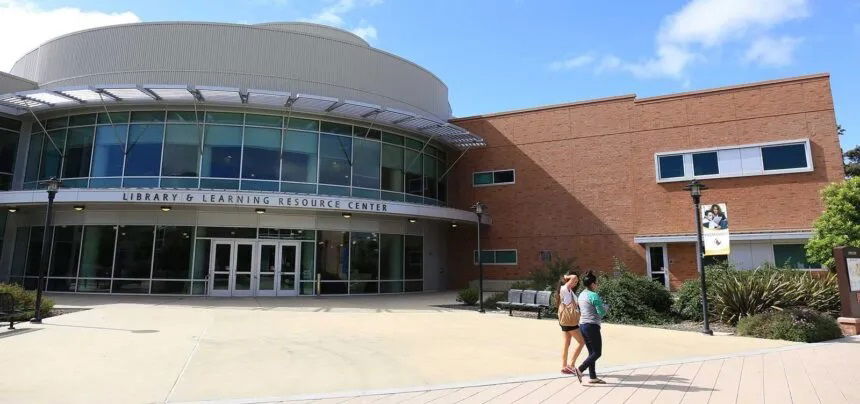Breaking: Campus Culture Shift Challenges Racial Categorizations in Student Life

In a bold and controversial move, the federal government has issued a stark warning to academic institutions across the nation. A "dear colleague" letter recently circulated signals a potential threat to federal funding for universities and colleges that take race into consideration during their admissions or decision-making processes.
The letter, which has sent ripples of concern through the academic community, represents a significant escalation in the ongoing debate about race-conscious policies in higher education. Institutions are now facing a critical choice: modify their approach to diversity and inclusion or risk losing crucial financial support.
This development comes in the wake of recent legal challenges and policy shifts surrounding affirmative action and race-based considerations in academic settings. The message is clear: universities must carefully navigate the complex landscape of diversity, equity, and institutional funding.
Academic leaders are now scrambling to assess the potential impact of this directive, weighing the delicate balance between maintaining their commitment to diverse student populations and securing the financial resources necessary to operate effectively.
The implications of this letter extend far beyond simple administrative changes, potentially reshaping the future of higher education's approach to diversity and inclusion.

